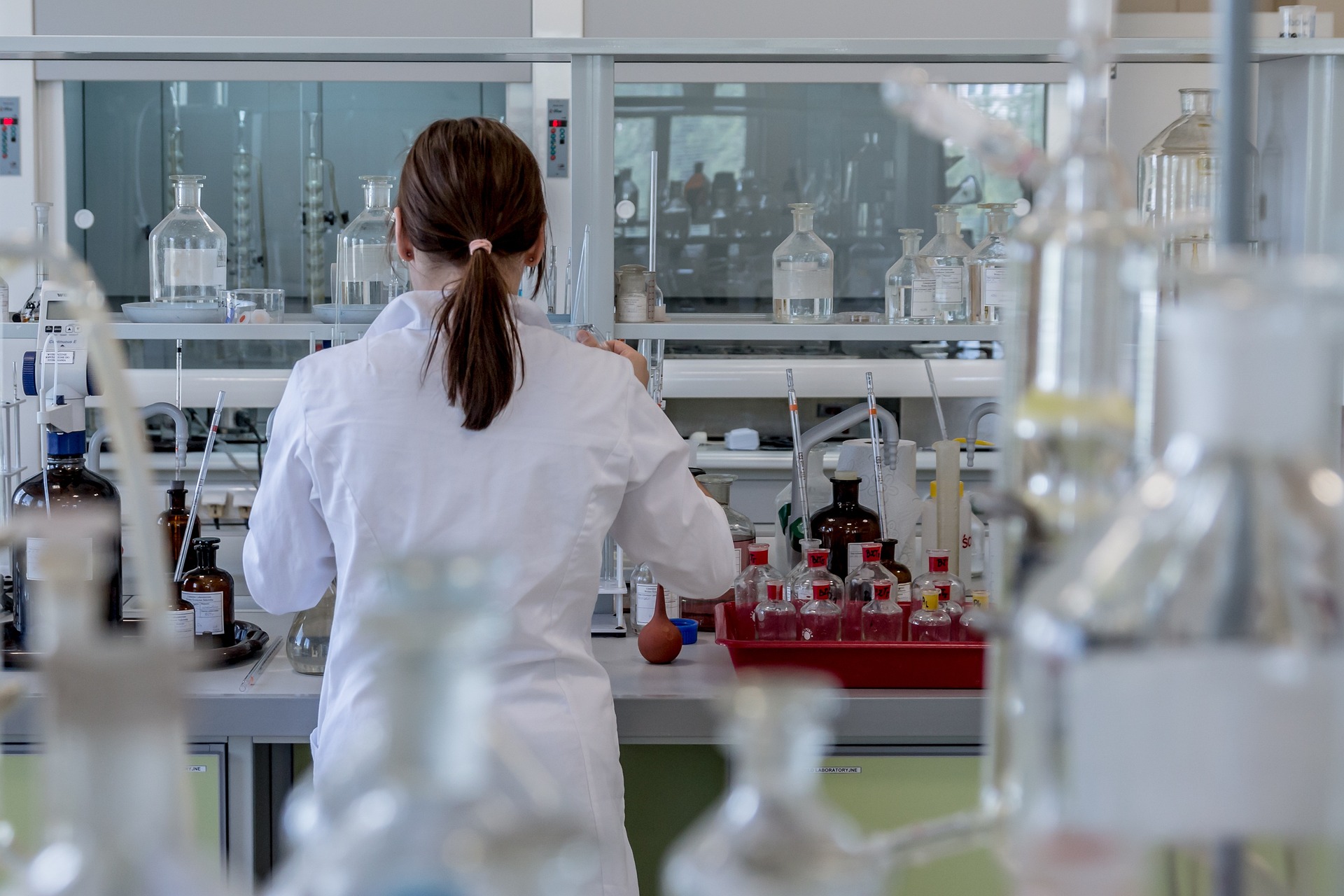Precision and efficiency are the twin pillars of progress. Researchers are tasked with analyzing vast numbers of samples while maintaining the highest possible accuracy. Plate format measurement devices, often referred to as microplate readers, have become indispensable tools in this pursuit. These instruments allow scientists to conduct simultaneous measurements of multiple samples in microplate wells, streamlining workflows across disciplines such as biochemistry, molecular biology, and pharmacology. By automating complex detection processes and enhancing data reliability, plate readers have transformed how scientists approach experimental design, data collection, and quantitative analysis.

The Evolution of Plate Format Measurement Devices
The origins of plate readers trace back to the mid-20th century, when laboratories began adopting microplate-based assays to handle higher sample volumes efficiently. Early devices relied on basic absorbance measurements, suitable for colorimetric assays. Technological advancements introduced fluorescence, luminescence, and time-resolved fluorescence techniques, enabling far more sensitive detection.
Today’s plate readers combine multiple detection modes, advanced optics, and powerful data analysis software into compact, user-friendly instruments. The ability to perform multiplexed assays, measuring several biological parameters simultaneously, has revolutionized both research and diagnostic workflows. With innovations like kinetic measurements and automated reagent dispensers, plate readers are now critical for high-throughput screening, allowing scientists to evaluate thousands of compounds in a fraction of the time once required.
Core Principles of Operation
At the heart of every plate reader lies a simple yet powerful principle: the conversion of biological or chemical reactions into measurable optical signals. Depending on the assay type, the device measures absorbance, fluorescence, luminescence, or other light-based outputs.
In fluorescence-based assays, for example, a light source excites the sample, and emitted light is then detected at a specific wavelength. In luminescence assays, chemical reactions within the sample produce light that can be quantified directly, without external excitation. The instrument’s detectors and filters isolate the relevant wavelengths, transforming raw light signals into precise numerical data. These readings provide insights into enzyme activities, molecular interactions, and even cellular viability.
Advancements in Detection Technology
Modern plate readers have evolved to incorporate cutting-edge optical and electronic technologies that significantly enhance sensitivity, speed, and accuracy. Advanced detectors, such as photomultiplier tubes (PMTs) and charge-coupled devices (CCDs), allow for the detection of extremely low light signals, crucial for assays involving scarce or weakly emitting samples.
One of the most notable developments in recent years is the refinement of time-resolved fluorescence (TRF) and fluorescence resonance energy transfer (FRET) assays. A BMG Labtech HTRF plate reader and similar instruments exemplify this evolution, integrating sophisticated optics and filter systems to measure even minute changes in fluorescence lifetimes. This enables researchers to distinguish between specific and nonspecific interactions in complex biological samples.
The Role of Automation and High-Throughput Capabilities
Automation has become a central focus in laboratory instrumentation. Plate readers are now often integrated into robotic systems and automated pipelines, enabling fully unattended operation. This automation reduces human error, increases reproducibility, and accelerates data acquisition.
High-throughput capabilities are particularly beneficial in pharmaceutical research, where thousands of compounds may need to be screened for biological activity. Automated plate readers can process dozens of microplates per day, each containing hundreds of samples. Combined with sophisticated scheduling software, these systems allow for continuous data collection and rapid experimental iteration.
Calibration and Standardization for Accurate Results
As with any precision instrument, calibration and standardization are important for achieving reliable data. Plate readers require regular calibration to ensure consistent performance across assays. Calibration typically involves using known reference standards to adjust the instrument’s sensitivity and wavelength accuracy.
Environmental factors such as temperature, humidity, and even vibration can influence measurements. Many advanced plate readers incorporate built-in temperature control and vibration-damping systems to minimize such variations. Standardized protocols for sample preparation and plate layout are vital for ensuring reproducibility. By combining instrument calibration with meticulous laboratory practices, scientists can confidently compare results across experiments and institutions, fostering greater collaboration and data integrity in the research community.
Applications Across Scientific Disciplines
Plate format measurement devices are highly versatile, finding applications across a broad spectrum of scientific disciplines. In biochemistry and molecular biology, they are used to monitor enzyme kinetics, protein-protein interactions, and nucleic acid quantification. In pharmacology, they form the backbone of drug screening assays, enabling researchers to identify promising therapeutic compounds based on biochemical responses.
Environmental scientists also employ plate readers to assess pollutant effects on microbial or cellular systems, while clinical laboratories use them for diagnostic assays involving biomarkers and infectious agents. The adaptability of plate readers allows them to handle absorbance-based assays like ELISA, fluorescence-based detection for DNA quantification, and luminescent assays for ATP measurement, all with remarkable precision.
Data Processing and Integration in Modern Research
Beyond their optical components, modern plate readers are defined by their advanced data handling and integration capabilities. The software accompanying these devices allows users to design experiments, collect data, and perform real-time analysis. Automated baseline subtraction, curve fitting, and statistical evaluation tools help ensure that the resulting data are both accurate and meaningful.
Integration with laboratory information management systems (LIMS) allows seamless data transfer and centralized storage. This digital connectivity simplifies documentation, facilitates collaboration, and supports compliance with research standards. As data volumes continue to grow, the analytical power of modern software becomes as vital as the optical hardware itself.

Plate format measurement devices represent a cornerstone of modern analytical research. By transforming light-based signals into quantifiable data, these instruments enable scientists to decode the complexities of biological and chemical systems with unprecedented precision.
Technological advancements highlight how far innovation has brought us in terms of accuracy, speed, and adaptability. The true power of these devices lies in their ability to empower researchers to ask deeper questions and pursue more ambitious goals. As science continues to evolve, the marriage of optical precision and computational intelligence in plate readers will illuminate pathways to discoveries that once seemed out of reach.


